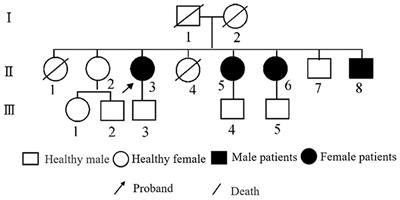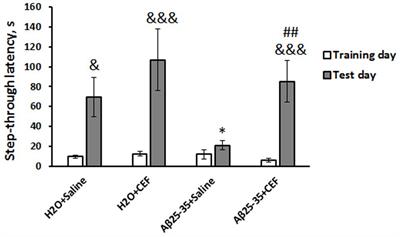EDITORIAL
Published on 16 May 2022
Editorial: Experimental and Innovative Approaches to Multi-Target Treatment of Parkinson's and Alzheimer's Diseases
doi 10.3389/fnins.2022.910020
- 1,376 views
- 4 citations
18k
Total downloads
63k
Total views and downloads
EDITORIAL
Published on 16 May 2022
CASE REPORT
Published on 25 Nov 2021

ORIGINAL RESEARCH
Published on 29 Sep 2021

ORIGINAL RESEARCH
Published on 27 Sep 2021

ORIGINAL RESEARCH
Published on 29 Jul 2021

REVIEW
Published on 30 Apr 2021

ORIGINAL RESEARCH
Published on 22 Apr 2021

REVIEW
Published on 04 Mar 2021

REVIEW
Published on 14 Jan 2021

REVIEW
Published on 14 Dec 2020

ORIGINAL RESEARCH
Published on 20 Nov 2020
